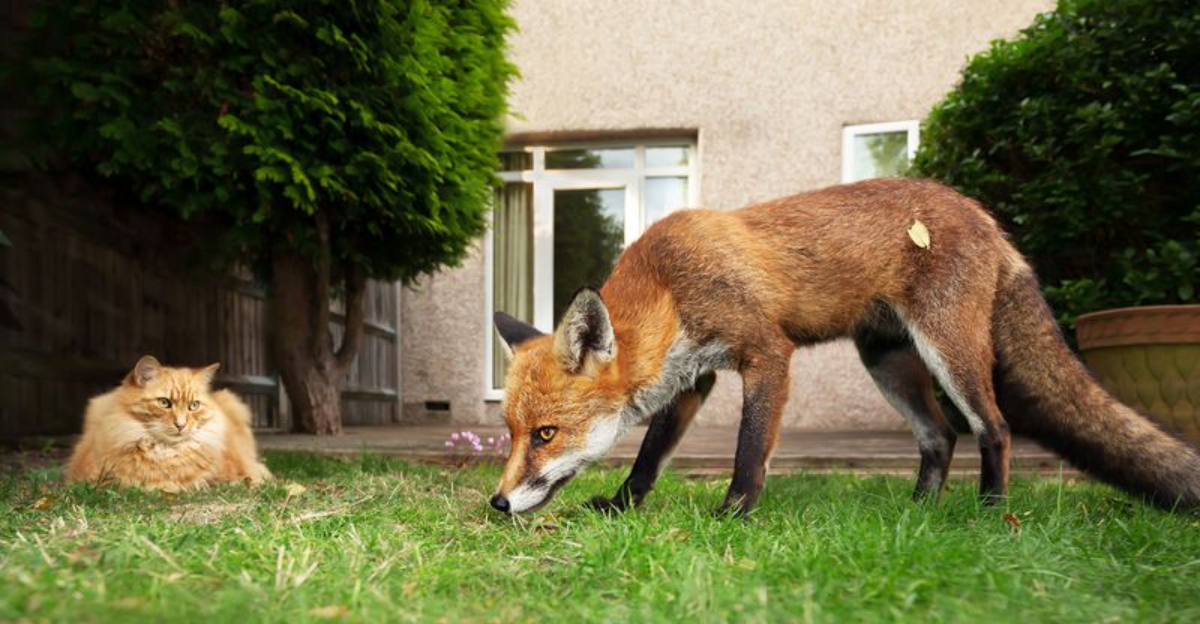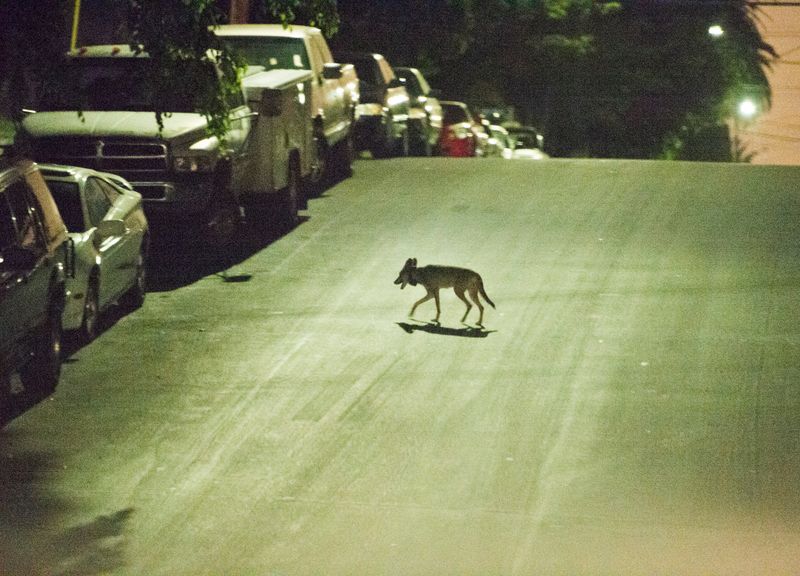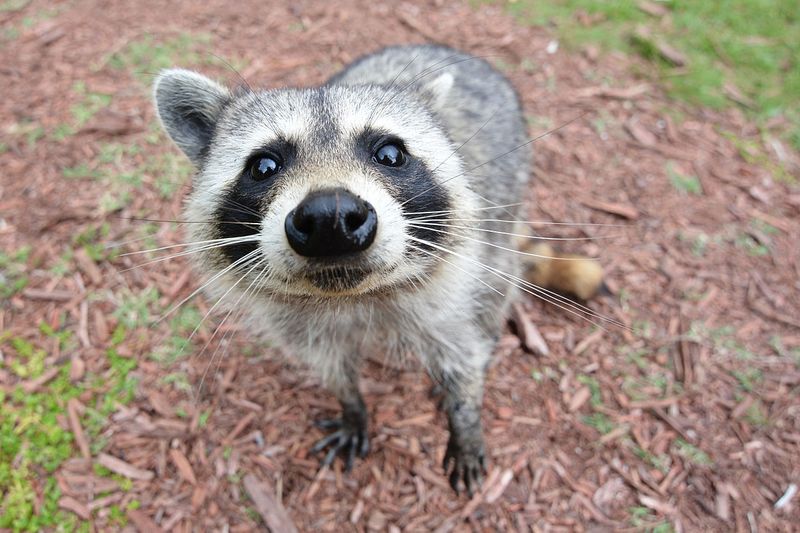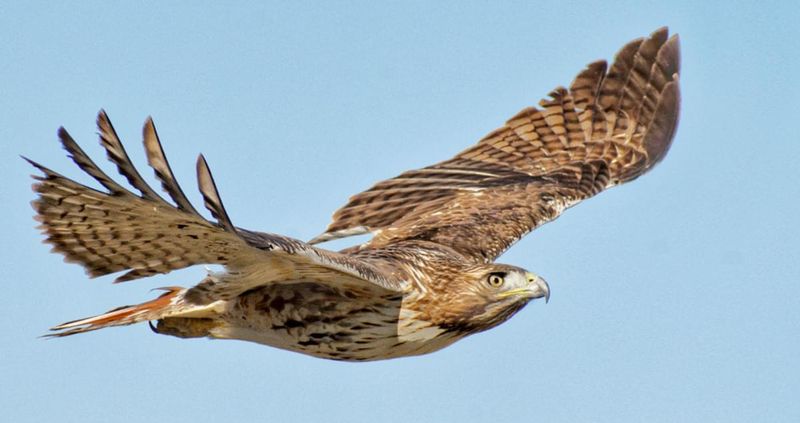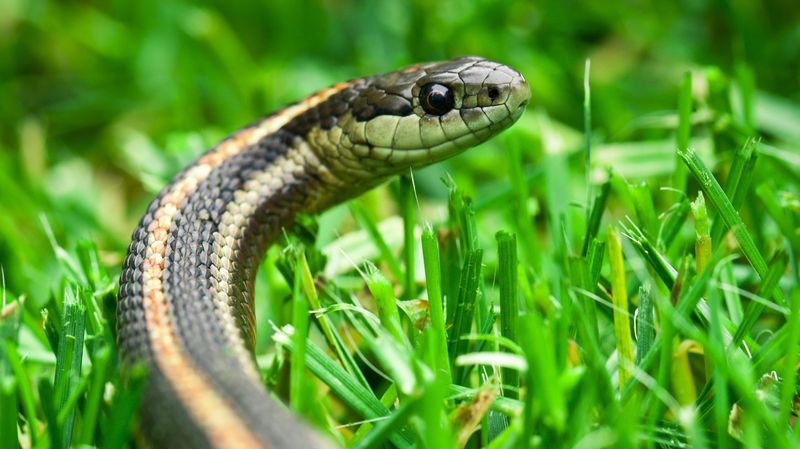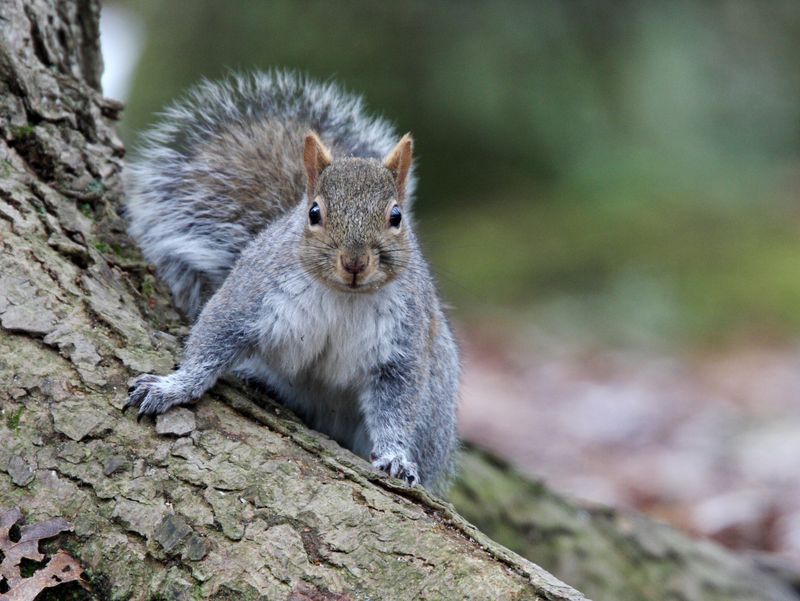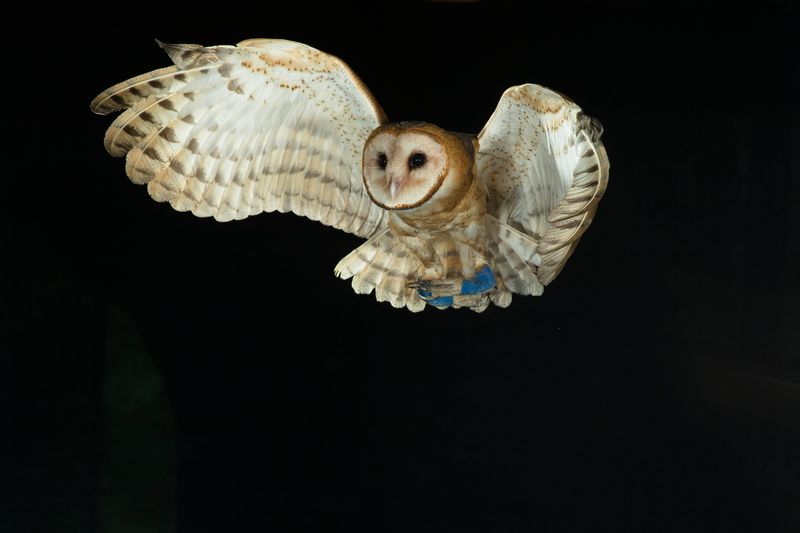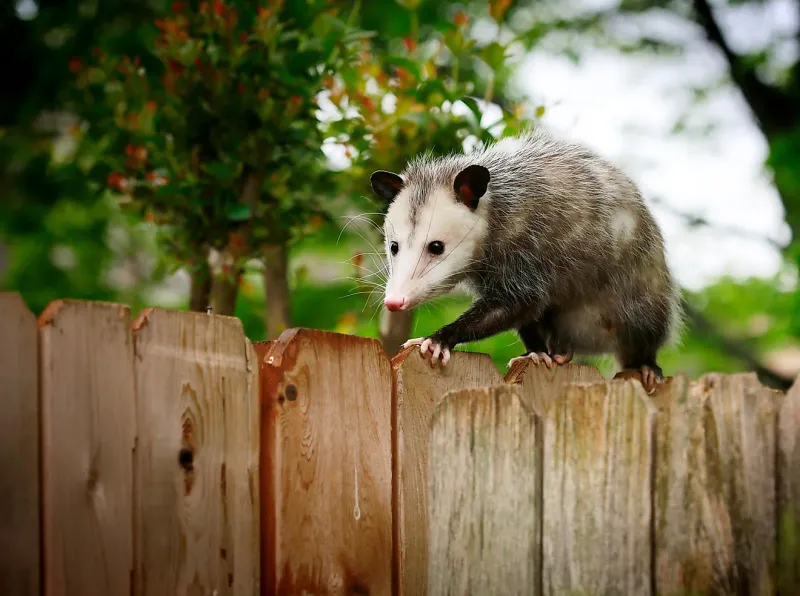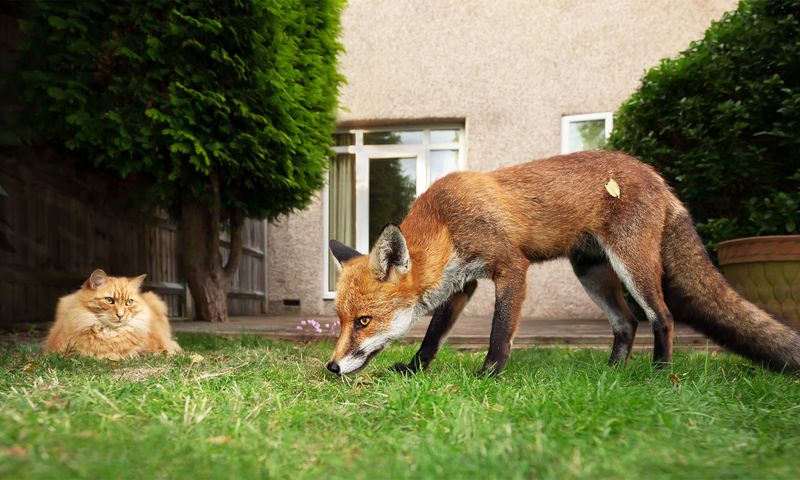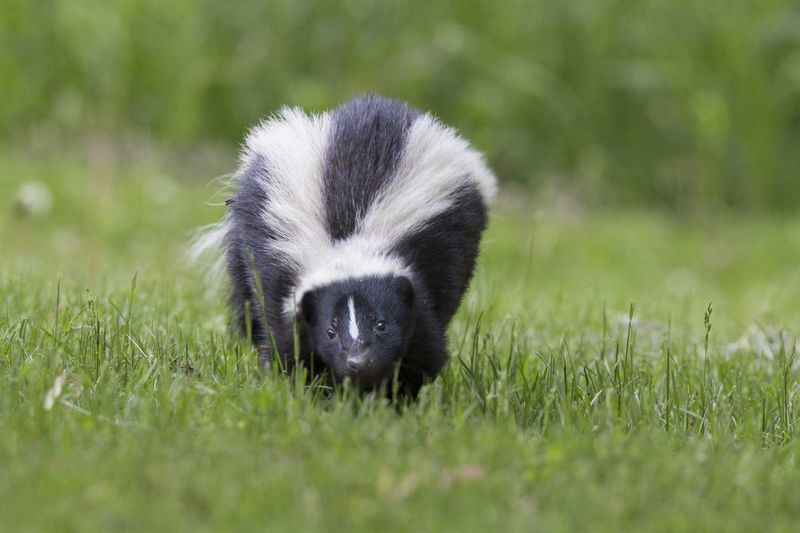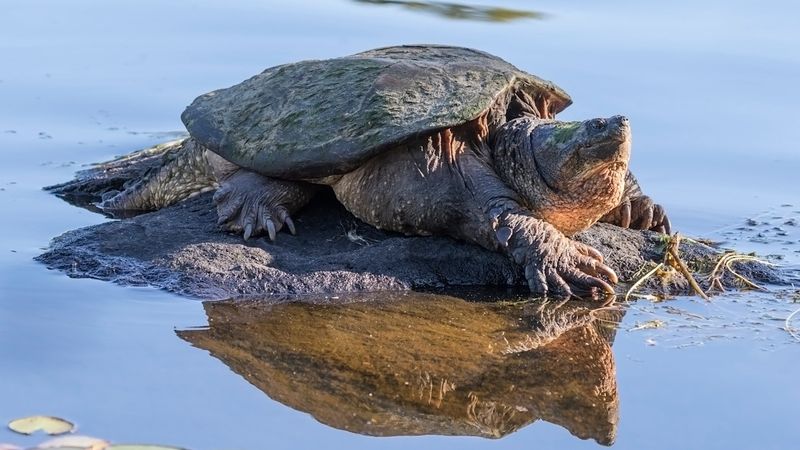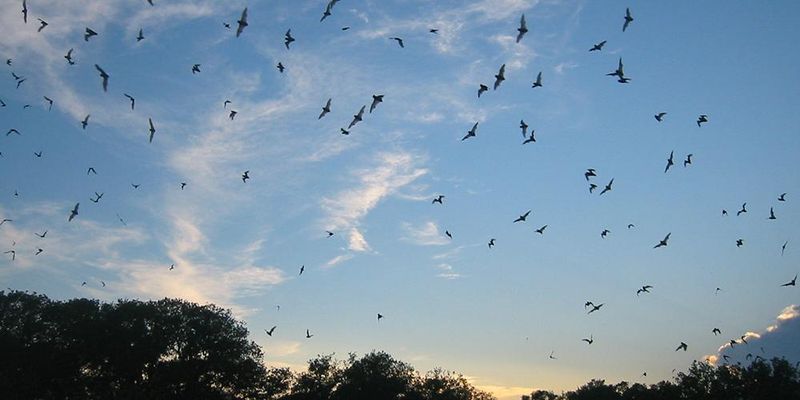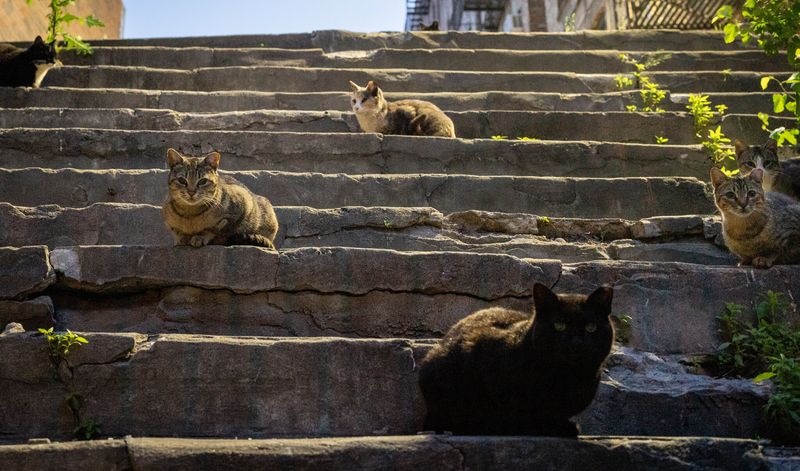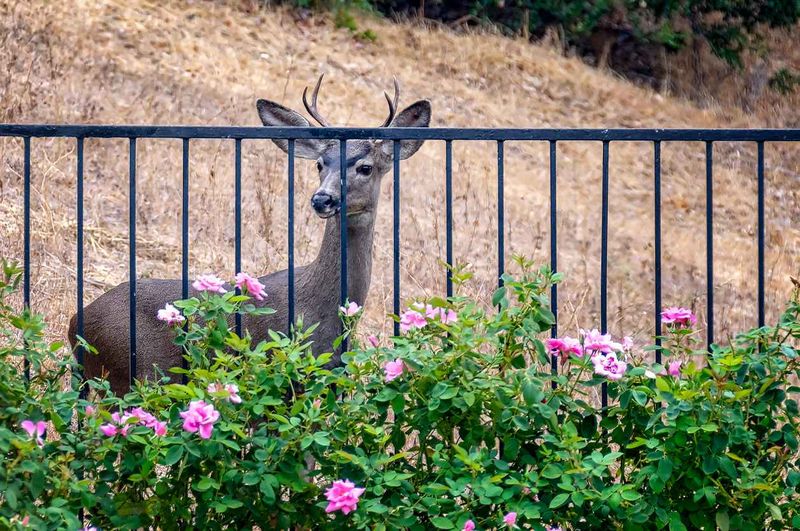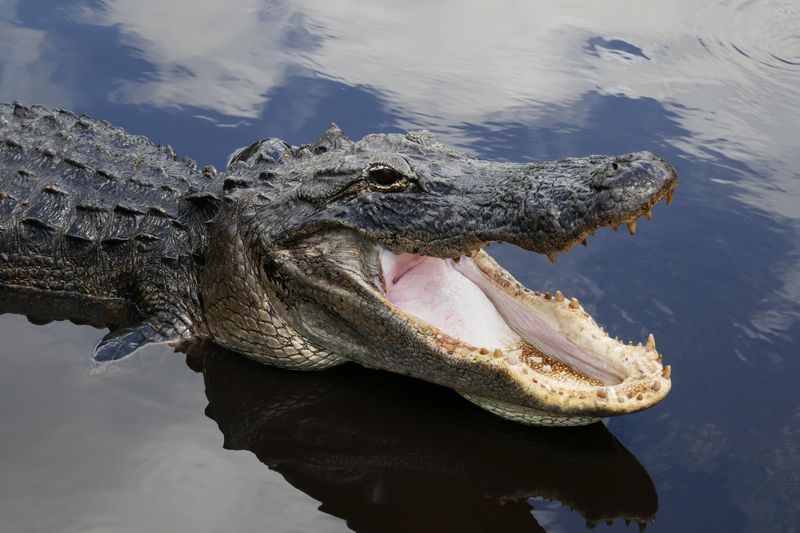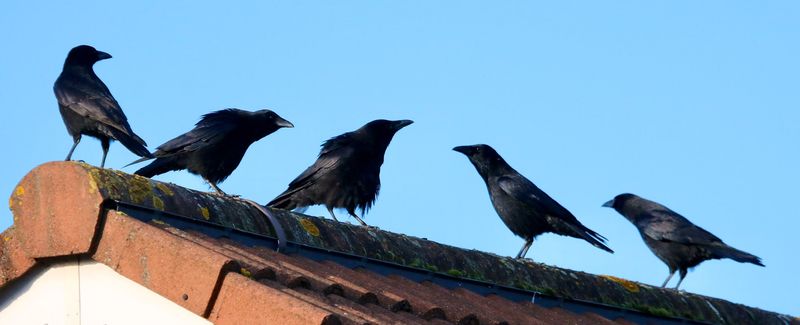📖 Table of Content:
Discovering potential threats to our feline friends in the neighborhood is crucial for their safety. While cats are known for their agility and hunting prowess, they can sometimes be vulnerable to other animals lurking nearby. This guide highlights fifteen unexpected local animals that might pose a danger to your cat. By understanding these potential risks, you can take steps to protect your beloved pet.
1. Coyotes
Coyotes are known for their adaptability and can often be found in urban and suburban areas. With their keen senses and opportunistic nature, these canines pose a significant threat to outdoor cats. Often, they hunt in pairs or small packs, making them formidable opponents.
Cats left to roam outside, especially at night, may become easy targets for these predators. Coyotes are primarily nocturnal, and their stealthy movements can catch unsuspecting felines off guard.
To safeguard your pet, consider keeping your cat indoors during nighttime hours, reducing the risk of a coyote encounter.
2. Raccoons
Raccoons, with their masked faces and nimble paws, are more than just trash bandits. These intelligent creatures are often found exploring residential areas, scavenging for food.
While raccoons usually avoid confrontations, they can become aggressive if threatened or cornered. Their sharp claws and teeth can pose a danger to curious cats.
To prevent altercations, ensure trash bins are secured and food is not left outside. By limiting attractions, you can discourage raccoons from frequenting your yard, thus reducing potential risks to your feline friend.
3. Hawks
With razor-sharp talons and keen eyesight, hawks are formidable predators in the sky. Though they primarily hunt smaller animals, cats, especially kittens, can be at risk if a hawk mistakes them for prey.
These birds of prey are often seen circling above open fields and suburban backyards. Their sudden swoops can catch even the most vigilant cat by surprise.
To keep your cat safe, provide covered areas in your yard where they can take shelter and avoid leaving small pets unattended outdoors.
4. Snakes
Snakes are often overlooked but can be a hidden danger to curious cats. Many species, including some venomous ones, inhabit gardens and fields.
A cat’s inquisitive nature may lead it to investigate these slithering reptiles, which can result in defensive strikes. Snakebites can be particularly dangerous, requiring immediate veterinary attention.
To minimize encounters, keep your yard tidy and remove any hiding spots where snakes may dwell. This proactive approach helps in safeguarding your pet from unexpected snake interactions.
5. Squirrels
Though often viewed as harmless, squirrels can pose an unexpected risk to cats. These agile creatures are territorial and might defend their nests aggressively.
In encounters, squirrels may bite or scratch, potentially transmitting diseases to cats. A cat chasing a squirrel might also venture into dangerous areas, leading to accidents.
Supervising outdoor playtime and discouraging your cat from chasing wildlife can reduce these risks. By understanding squirrel behavior, you can better protect your feline companion from these bushy-tailed adversaries.
6. Owls
Owls, with their silent flight and sharp talons, are stealthy nocturnal predators. Although their primary prey is small rodents, cats can occasionally fall victim to these birds.
These raptors are particularly active at night, and a wandering cat might become an unintended target. Owls may swoop down silently, catching both the cat and owner unaware.
Keeping your cat indoors after sunset can greatly reduce the chance of owl attacks. Providing a secure outdoor enclosure also offers protection while allowing your cat to enjoy the fresh air safely.
7. Possums
Possums are generally docile creatures, yet they can become unexpectedly aggressive when threatened. With their sharp teeth and hissing defense, they can intimidate curious cats.
These marsupials are often found near food sources like compost heaps or pet food bowls. While they rarely seek out conflict, a startled possum may react defensively.
To minimize encounters, ensure food is stored securely and compost heaps are covered. By reducing attractions, you can help keep both possums and your cat at a safe distance.
8. Foxes
Foxes are adaptable predators found in both rural and urban settings. While they primarily hunt small rodents, they may target cats if food is scarce.
With their cunning and agility, foxes can pose a serious threat to outdoor cats, particularly at dawn or dusk. A fox’s stealth allows it to approach without drawing attention, making it a dangerous adversary for unaware pets.
Keeping your cat indoors during these peak activity times and securing your garden can help prevent encounters with these clever hunters.
9. Skunks
Skunks are infamous for their pungent defensive spray, but they can also be aggressive if cornered. Cats curious about these striped creatures may find themselves sprayed or scratched.
The strong odor from a skunk spray is difficult to remove and can cause distress to both pets and humans. Additionally, skunks can carry diseases that pose further risks to cats.
To avoid interactions, keep your yard tidy and remove potential skunk attractions like fallen fruit or pet food. Creating a skunk-free environment helps protect your cat from unwanted encounters.
10. Snapping Turtles
Snapping turtles, with their powerful jaws, are formidable reptiles often found near water bodies. Cats venturing near ponds or lakes may encounter these turtles, which can deliver a painful bite if provoked.
While snapping turtles are generally slow on land, they can strike with surprising speed. Their strong bite can cause severe injury to a curious cat.
Supervising your pet around water and teaching it to avoid unknown creatures can reduce the risk of turtle encounters. Fencing off access to ponds or lakes further protects your cat from these aquatic threats.
11. Bats
Bats, though not aggressive, can pose health risks to cats through potential rabies transmission. As nocturnal creatures, they are often seen fluttering in the evening sky.
A cat’s playful nature might lead to chasing bats, risking bites or scratches in the process. Even indirect contact with a rabid bat can be dangerous.
To safeguard your cat, ensure it’s vaccinated against rabies and keep it indoors during peak bat activity times. Understanding bat behavior helps in mitigating potential health threats posed by these winged mammals.
12. Feral Cats
Feral cats, unlike their domesticated counterparts, are often territorial and aggressive. They can pose significant risks if they perceive domestic cats as intruders.
These encounters can lead to fierce fights, resulting in injuries or the spread of diseases such as feline leukemia. Feral cats are also more likely to roam at night, increasing the chances of altercations.
To protect your pet, avoid letting it roam freely and consider spaying or neutering to reduce territorial instincts. Creating a safe, enclosed space for your cat will minimize confrontation with feral felines.
13. Deer
Deer, while generally gentle, can become aggressive if threatened or during rutting season. Cats in proximity to deer might unintentionally provoke defensive behaviors.
A startled deer can deliver powerful kicks or charges, posing a danger to nearby pets. Keeping a safe distance from these large animals is crucial.
By observing deer behavior and maintaining an appropriate distance, you can protect your cat from unexpected interactions. Secure fencing and supervising outdoor time reduces the likelihood of encounters with these majestic yet unpredictable creatures.
14. Alligators
Alligators, primarily found in southern regions, are apex predators with strong jaws and stealthy movements. Cats venturing near water bodies in these areas may be at risk.
These reptiles can remain motionless for hours, waiting for unsuspecting prey to come close before striking. A curious cat wandering too near can become an easy target for an alligator.
Preventing access to alligator habitats and supervising your cat near water are essential safety measures. By understanding the presence of these powerful reptiles, you can protect your feline from unforeseen attacks.
15. Crows
Crows, with their intelligence and social behaviors, can be protective of their nests. Known for mobbing perceived threats, they may harass cats that venture too close.
While not typically harmful, the persistent nature of a crow mobbing can distress or intimidate a cat. These birds are highly vigilant and communicate effectively to defend their territory.
Understanding crow behavior and ensuring your cat avoids nesting areas can prevent such encounters. Providing distractions or enclosed spaces can further protect your feline from these clever avian protectors.
